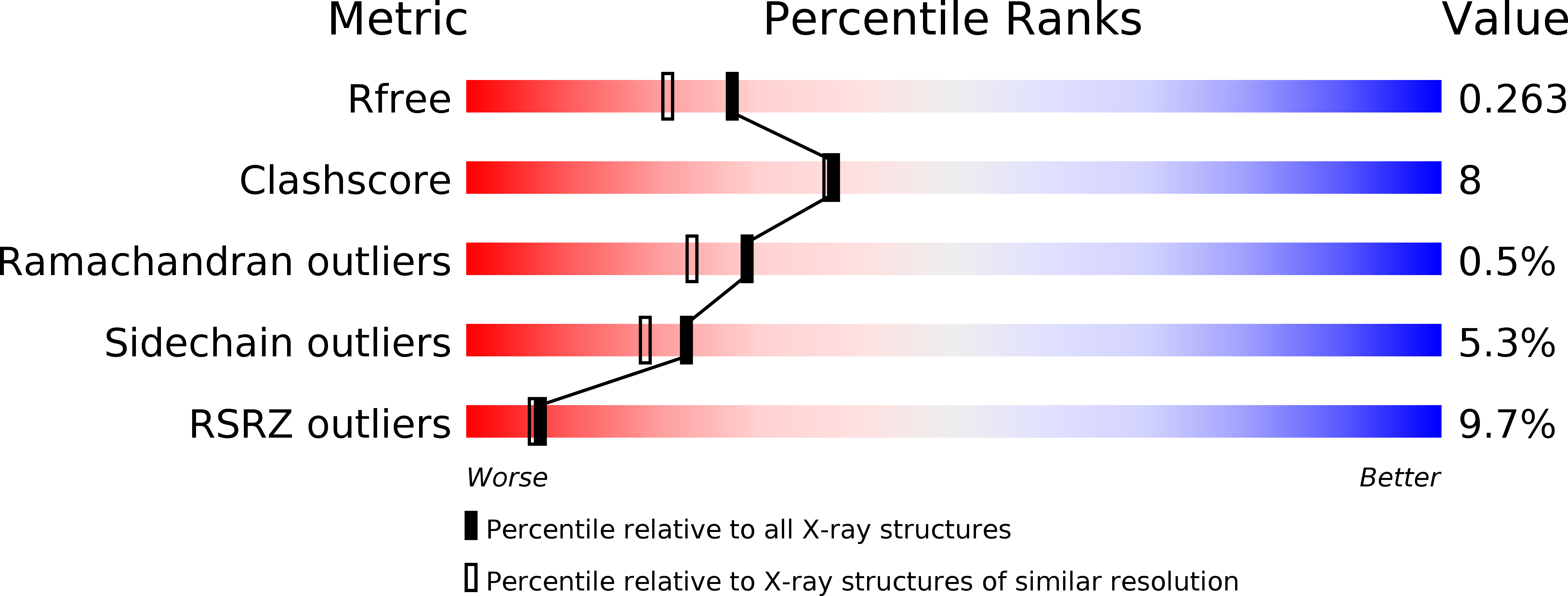
Deposition Date
2012-10-24
Release Date
2013-05-01
Last Version Date
2024-02-28
Method Details:
Experimental Method:
Resolution:
2.00 Å
R-Value Free:
0.26
R-Value Work:
0.21
R-Value Observed:
0.21
Space Group:
P 62


